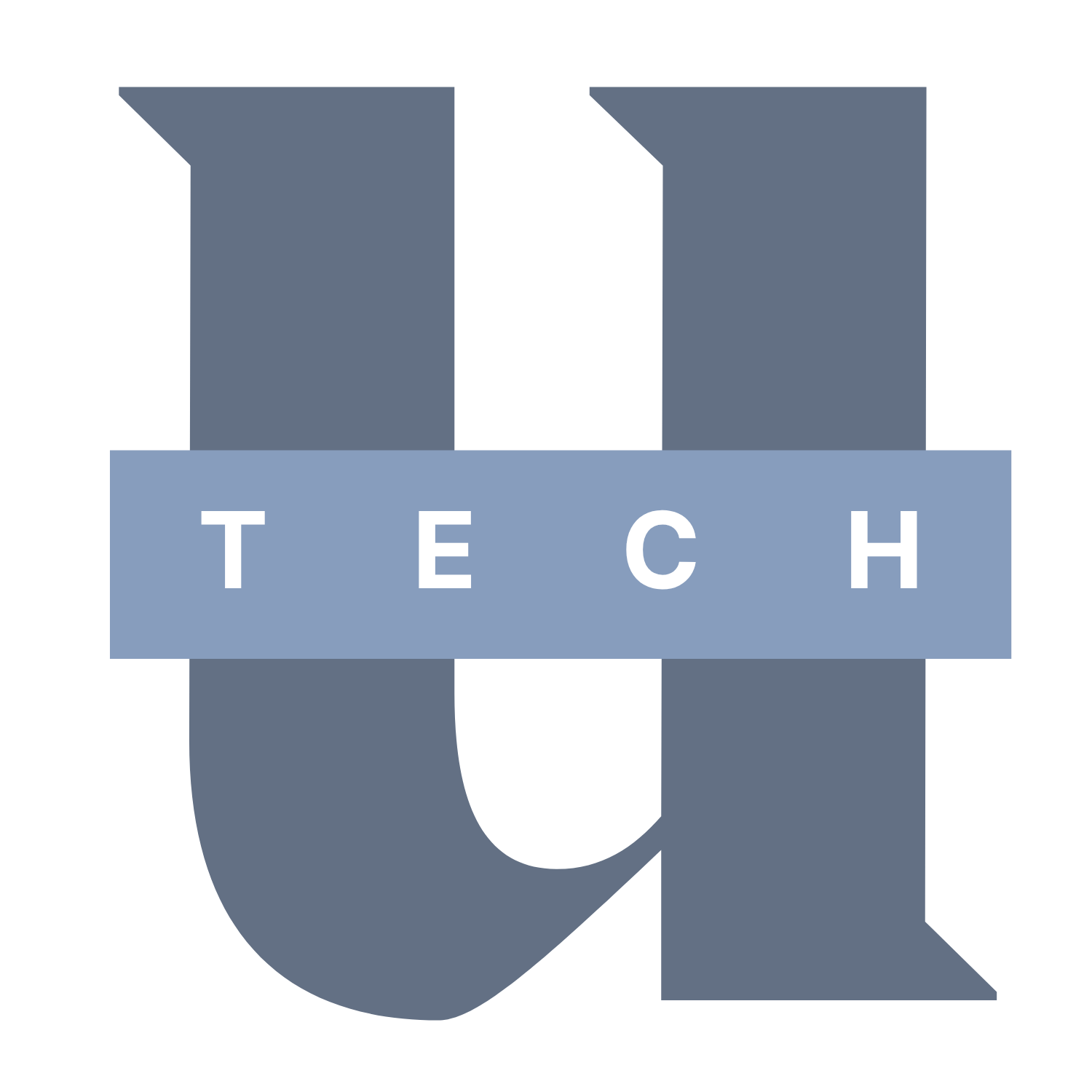Applying Product Management, Systems Engineering, and AI in Utility Environments: A Practical Workshop
Utilities are navigating an increasingly complex landscape—decarbonization, digitization, customer demands, and regulatory shifts. This course introduces a practical, hands-on framework for solving these challenges by integrating Product Management, Systems Engineering, and Artificial Intelligence (AI) into real-world utility environments.
Instead of a traditional lecture format, participants will work through a real use case selected in collaboration with the utility, learning to apply SPDe-Thinking™—a convergence of Systems, Product, and Design Thinking—while leveraging AI tools and practices to improve speed, accuracy, and decision-making in solution delivery.
Participants will explore how to use AI for requirement generation, architecture traceability, stakeholder alignment, and product strategy modeling—accelerating adoption and innovation across utility systems and customer-facing products.
Who Should Attend
Utility Professionals involved in:
Capital Program Delivery
AMI / Grid Modernization / DER Integration
Smart City / Grid-Interactive Efficient Buildings (GEB)
SCADA, OMS, MDMS, EMS, and IT/OT Systems
Product Managers / Technical Leads in utility or vendor ecosystems
Systems Engineers / Architects designing grid tech or smart infrastructure
Program / Project Managers managing complex tech deployments
Innovation / Strategy Teams driving AI and digital transformation
ISO / Regulatory Professionals interested in outcome-based planning and AI integration
Learning Objectives
By the end of the course, participants will:
Understand how Product Management principles accelerate innovation in utility solutions.
Learn to apply Systems Engineering tools to manage complexity and traceability.
Use the SPDe-Thinking™ framework to guide solution development in real-world use cases.
Explore how AI tools can enhance product management and systems engineering—including requirements generation, stakeholder mapping, and risk assessment.
Define value-driven system and user requirements rooted in utility customer outcomes.
Build solution architecture maps, traceability matrices, and product roadmaps supported by AI-augmented tools.
Shift from project thinking to product lifecycle management, supported by digital workflows.
Leave with reusable templates and AI toolkits to apply immediately in their organizations.
Course Format & Agenda (6 Hours)
Format Highlights
Interactive Workshop: Minimal slides, max engagement
Real Use Case: Utility selects or approves a relevant business challenge
AI Integration: Demonstrations and guided use of AI tools (e.g., ChatGPT, Notion AI, or domain-specific platforms) to accelerate product and system practices
Tools Provided: Templates for use case analysis, product canvas, system requirement traceability, AI prompts, and SPDe journey map using Miro
Breakouts & Coaching: Cross-functional collaboration + live mentorship
Registration & Materials
📩 Contact us at manyphay@naturesrapture.com to register or request a quote.

